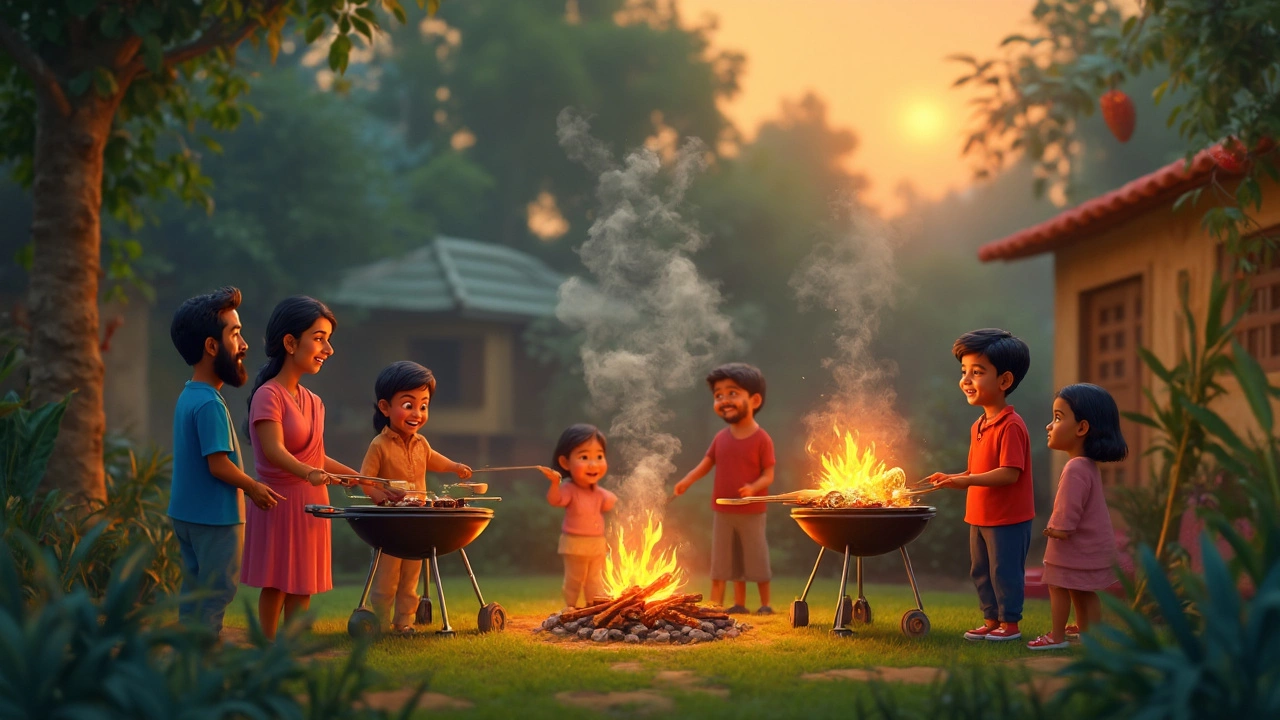Wood Burning: Risks, Alternatives, and What India Is Doing About It
When you think of wood burning, the practice of using wood as fuel for cooking or heating, often in open fires or basic stoves. Also known as biomass combustion, it's one of the oldest ways humans generate heat—but in 2025, it’s also one of the most dangerous. Millions of households across India still rely on wood, crop residues, or dung cakes for daily cooking. The smoke from these fires doesn’t just fill kitchens—it fills lungs. According to WHO data, indoor air pollution from solid fuels like wood causes over 1 million premature deaths in India every year, mostly among women and children.
This isn’t just about smoke. air pollution, a mix of harmful particles and gases in the air, often from burning fuels from wood burning contributes heavily to outdoor pollution too, especially in rural and semi-urban areas. The fine particles (PM2.5) from wood smoke get deep into the bloodstream, triggering asthma, heart disease, and even lung cancer. And while cities talk about electric cars and solar panels, millions still cook over open flames because alternatives feel out of reach.
But change is happening. Programs like the clean energy, energy sources that produce little to no pollution, such as solar, biogas, or LPG initiative have distributed over 90 million LPG connections since 2016. Still, many families use it only for special occasions—wood remains the default because it’s free, familiar, and nearby. The real challenge isn’t just access—it’s trust, habit, and infrastructure. In places without reliable gas supply or electricity, even a solar cooker can feel like a luxury.
What’s missing isn’t technology—it’s design that fits real lives. A stove that works without electricity, needs no refills every week, and doesn’t require training to use. That’s the kind of innovation that sticks. And while some research focuses on high-tech biofuel pellets or AI-powered stoves, the most urgent solutions are simple: better ventilation, affordable clean fuel, and community-led education.
Below, you’ll find real stories and data from across India—on how families are switching away from wood, what’s holding them back, and what works when policy meets practice. These aren’t theoretical debates. These are lives changing, one stove at a time.





